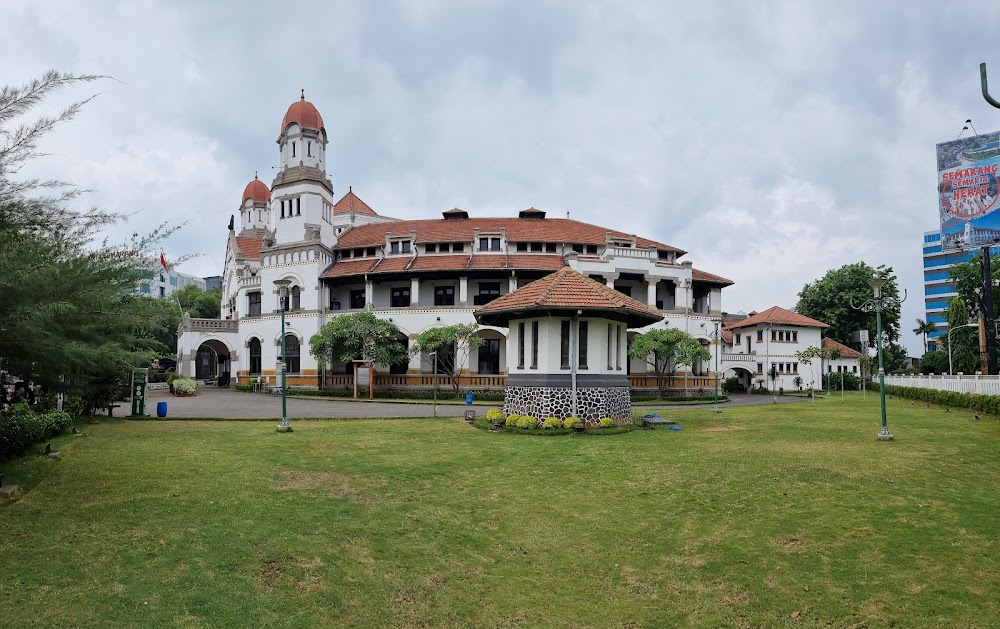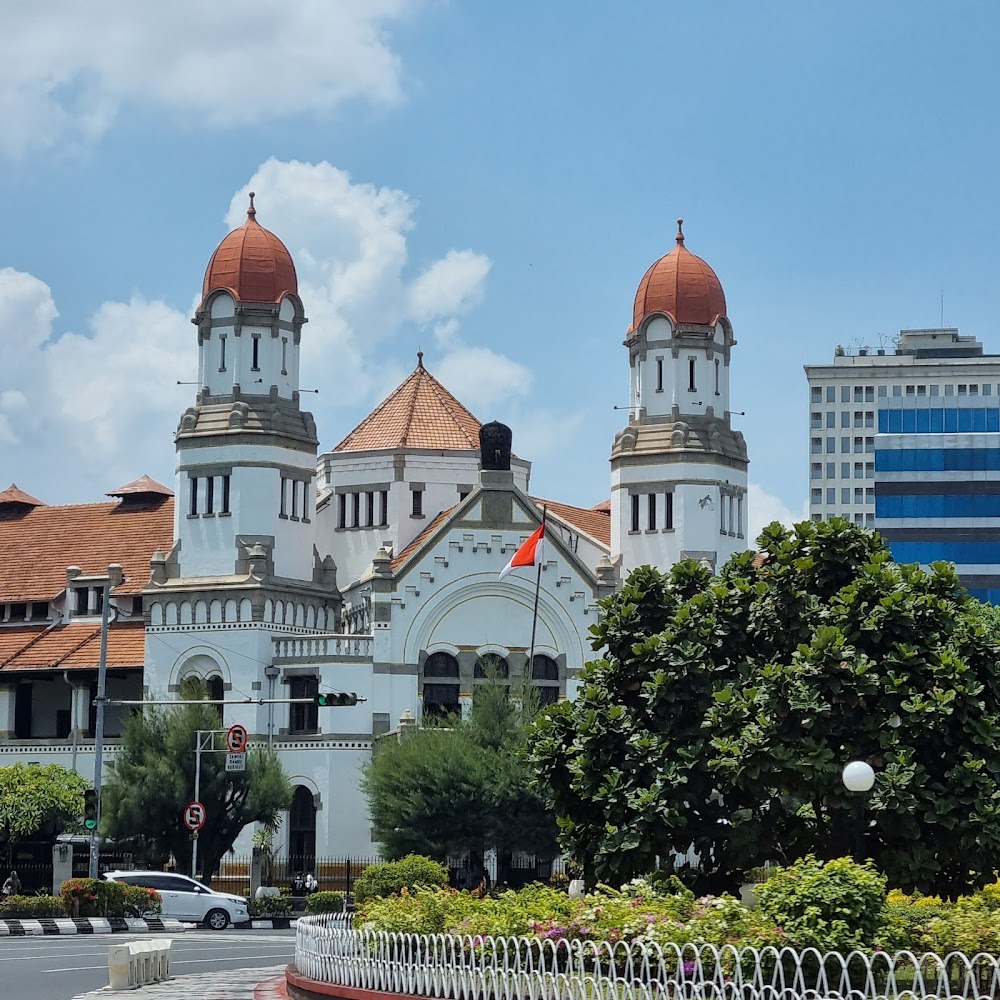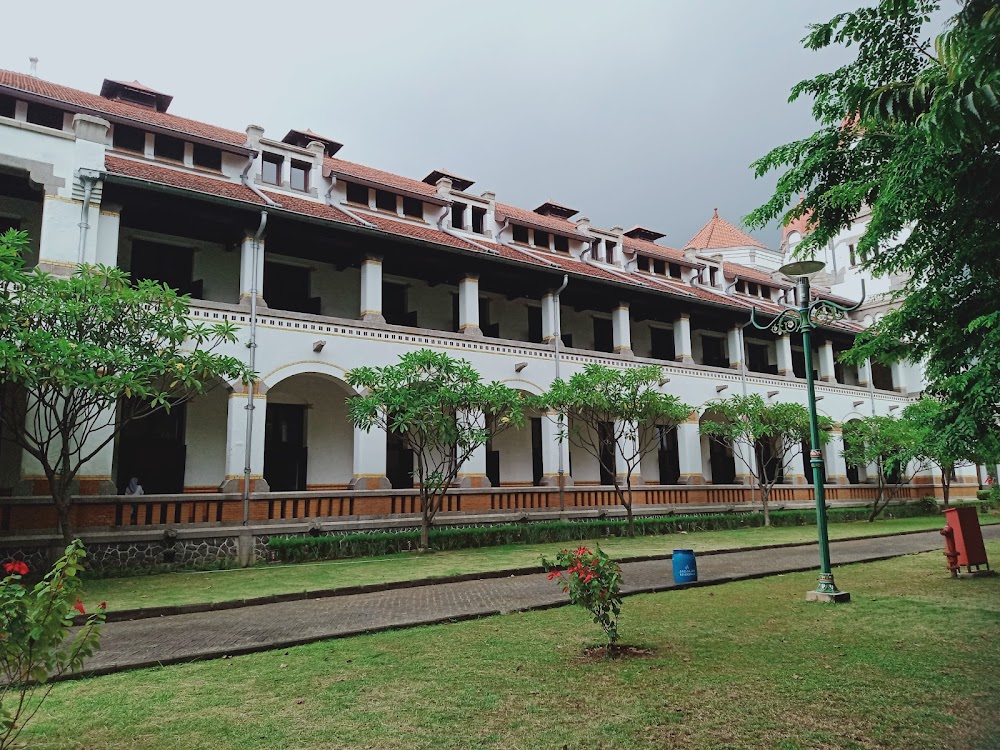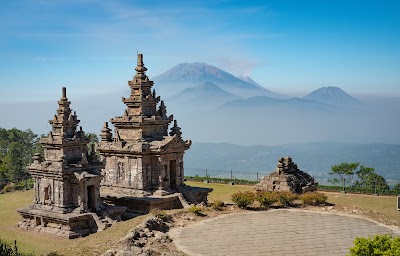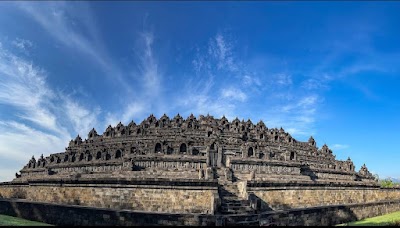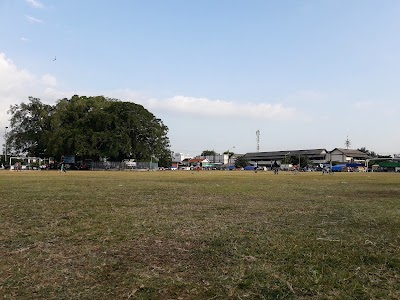Lawang Sewu (Lawang Sewu)
Related Places
Overview
Introduction to Lawang Sewu
Lawang Sewu, meaning "Thousand Doors" in Javanese, is an iconic historical building located in Semarang, the capital of Central Java (Jawa Tengah) in Indonesia. Constructed in the early 20th century, it originally served as the headquarters for the Dutch East Indies Railway Company, known as the Nederlandsch-Indische Spoorweg Maatschappij (NIS). This architectural gem reflects a rich history and a unique blend of cultures.
Architectural Design
Designed by Dutch architects Prof. Jacob F. Klinkhamer and B.J. Ouëndag, Lawang Sewu showcases the New Indies Style, which harmoniously fuses European architectural elements with traditional local techniques, making it well-suited for the tropical climate. Construction began in 1904 and was completed in stages, finishing in 1919.
Distinctive Features
The building is renowned for its many doors and arcades, boasting about 429 doors in total, which lends it the nickname "Thousand Doors." Its large windows contribute to an airy and open atmosphere, enhancing ventilation and allowing natural light to flood the expansive interiors. With an L-shaped main structure and several connected wings, Lawang Sewu features tall, arched doorways, steep red-tiled roofs, and impressive towers, including a central tower that once served as a water tower, emphasizing its grandeur.
Historical Significance
In its early years, Lawang Sewu functioned as the NIS headquarters, but its role evolved during World War II when it was occupied by Japanese forces. The building was repurposed as a military headquarters, and its basement turned into a prison, where it is rumored that torture took place. This dark history adds an eerie charm to the site, contributing to its reputation for being haunted.
Preservation Efforts
Following Indonesia's independence, Lawang Sewu continued to be used by Indonesian Railways but fell into disrepair by the late 20th century. Recognizing its historical and architectural importance, the Indonesian government initiated restoration efforts in the early 2000s, overseen by the Directorate General of Culture under the Ministry of Education and Culture. These efforts aimed to restore Lawang Sewu to its former glory while ensuring safety and accessibility for both locals and tourists.
Modern-Day Attraction
Today, Lawang Sewu has transformed into a vibrant tourist destination and cultural heritage site. Visitors can explore its many rooms, halls, and courtyards, immersing themselves in its rich history through exhibits and guided tours. The building now houses a museum and hosts various events, including art exhibitions and cultural performances, making it an integral part of Semarang's cultural landscape.
Conclusion
Lawang Sewu stands as a powerful symbol of historical resilience and cultural integration, bridging Indonesia's colonial past with its modern identity. Its impressive architecture and storied history continue to captivate visitors, making it a must-see landmark in Central Java. Whether you're an architecture enthusiast, a history buff, or simply seeking a unique experience, Lawang Sewu offers a glimpse into Indonesia's rich heritage.



